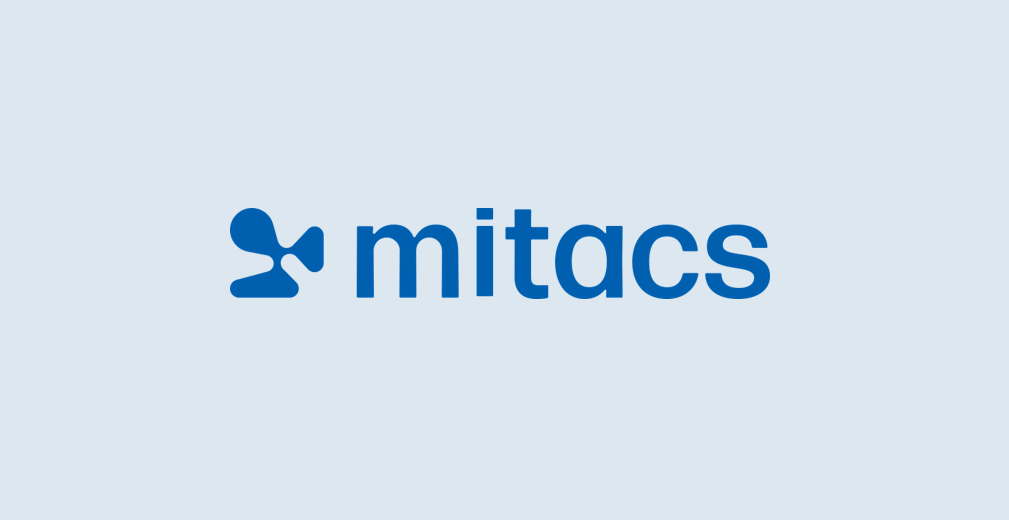
Cost overruns, schedule delays, and sometimes disputes and even litigations have been a pervasive issue in Canadian construction industry. This applied research study is commissioned to establish a solid empirical relationship between project delivery efficiencies and project owners upfront investment on design and consulting services. The study plans to employ personal interviews, project database development, […]
Read More